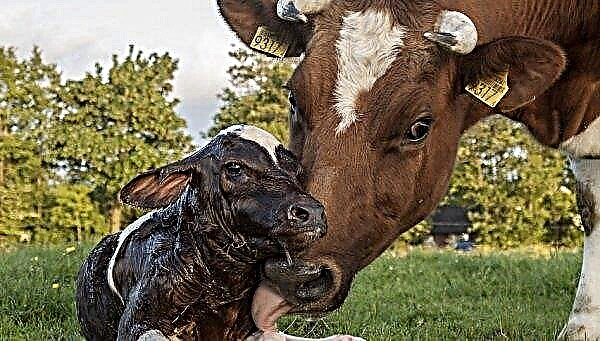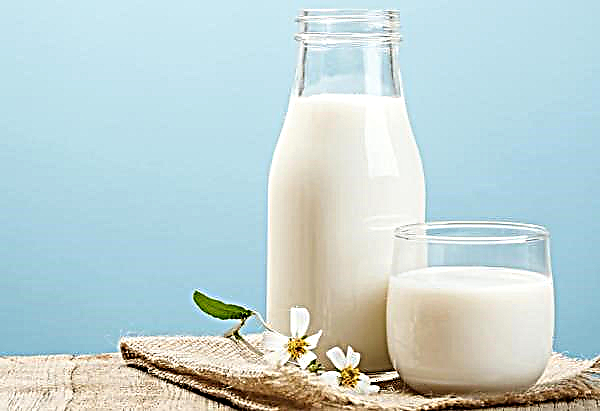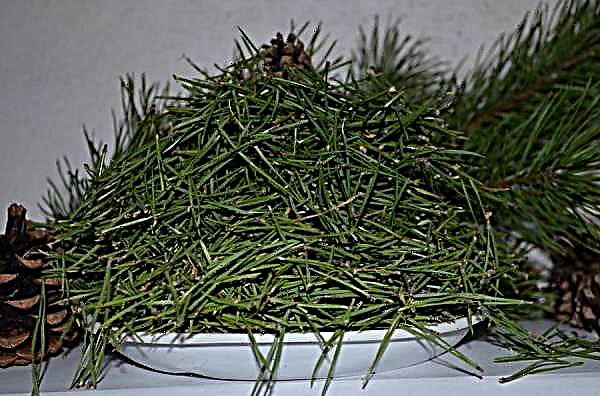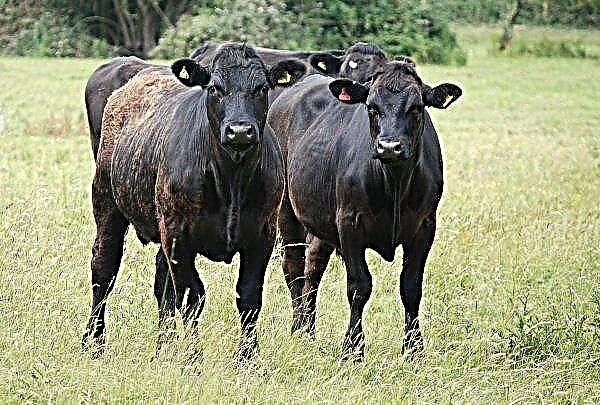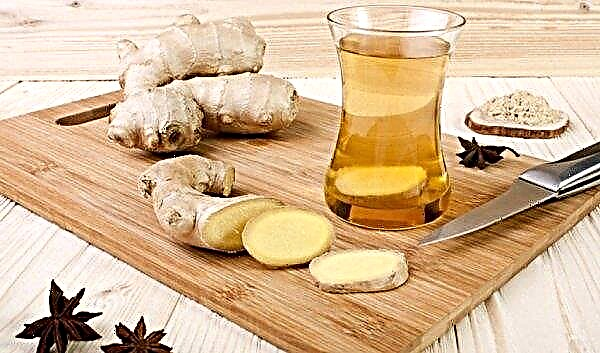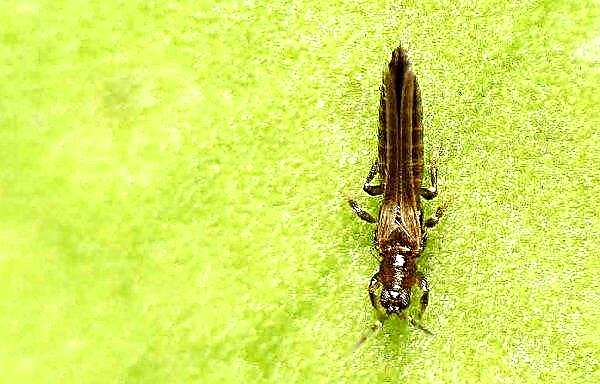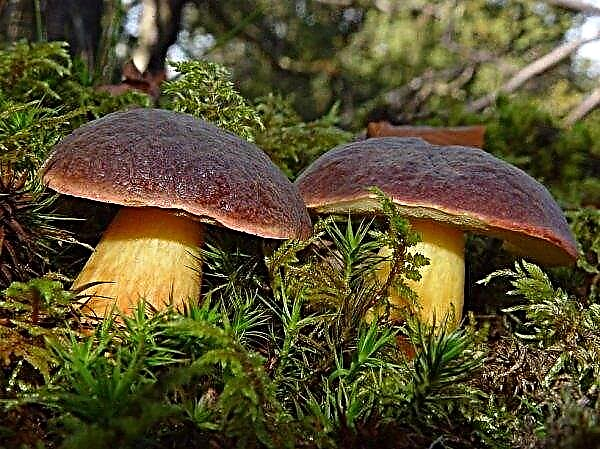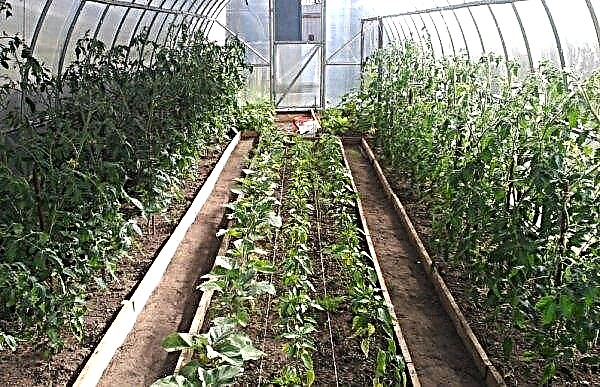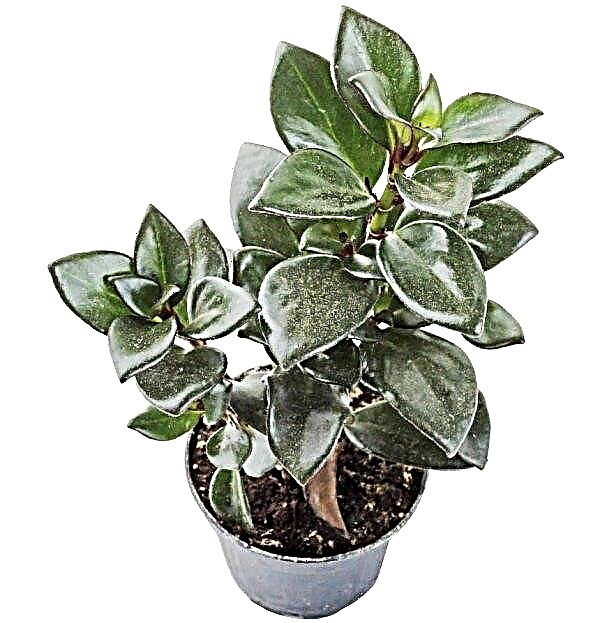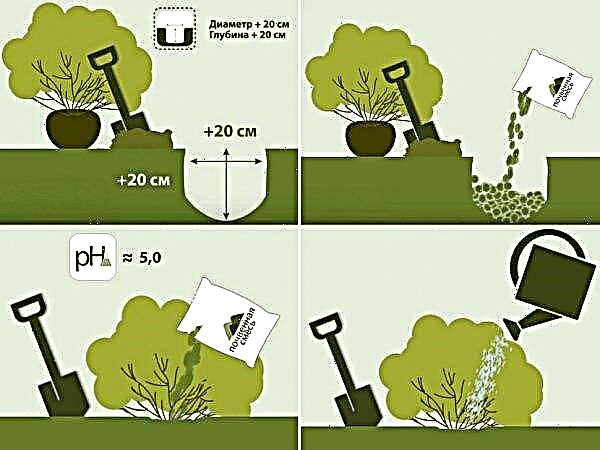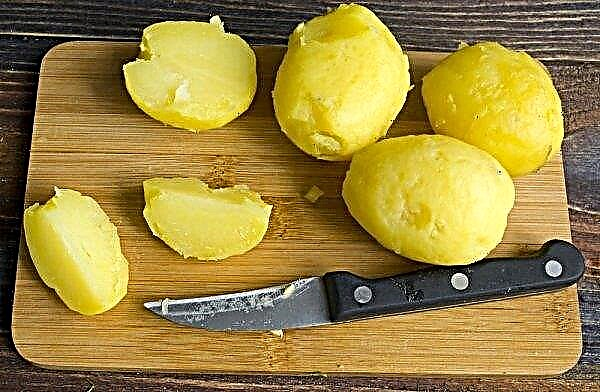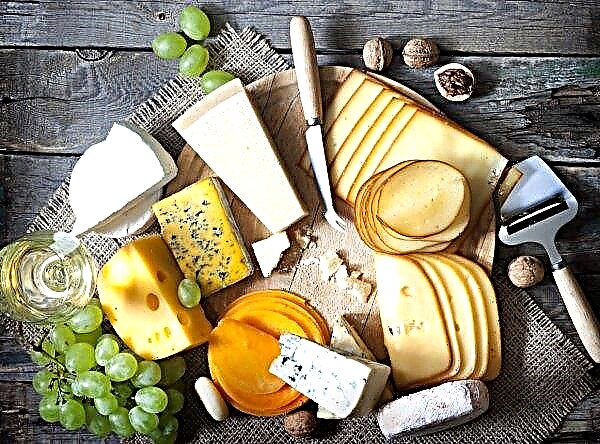Cucumber is an integral part of summer salads and winter preparations. Many gardeners are interested in which variety is best to grow for your personal garden or farm. Of course, it all depends on the need: for what purposes you need to grow, what size, how fast. The article will consider an early hybrid Emelya F1.
Characterization and description of the variety
Emelya F1 is a product of Russian breeding, which is suitable for growing in sheltered territory and in greenhouses. Bushes are tall, medium branching. Fruits of a cylindrical shape, up to 15 cm, have tubercles and white spikes on the surface. Characterized by friendly keeping up. This variety is parthenocarpic, that is, self-pollinating.
Compared with other greenhouse varieties, it has the following advantages:Did you know? The history of cucumber as a vegetable grown in food has more than six thousand years.
- high productivity;
- withstands temperature extremes;
- has high immunity;
- well transported.

Advantages and disadvantages of the variety
- Of the advantages, it can be noted:
- resistant to cold;
- unpretentious in leaving;
- not susceptible to powdery mildew, root rot, olive spotting, cucumber mosaic virus;
- early ripening;
- fruits are dense, without bitterness;
- ripened fruits do not lose their properties;
- does not require pollination;
- cultivation is possible in all regions;
- friendly ripening.
- There are extremely few cons:
- you can’t collect seeds for the future harvest, you need to buy new ones;
- medium resistance to downy mildew.
Optimal time for landing
Cucumbers are heat-loving plants, therefore it is necessary to plant in the soil when the temperature at night does not fall below + 8 ° C, and during the day it warms up to + 20 ° C. With the seedlingless method of planting, seeds are sown from the beginning of May, and seedlings begin to plant from mid-May.
How to plant and grow a variety
Emelya cucumbers can be sown in soil or to grow seedlings.
Important! This vegetable loves light non-acidic soil.
Seedling method
Since the root system of this vegetable crop is very delicate, it is recommended to plant seeds for seedlings in separate containers. It is better that these are peat pots that can be planted together with plants in the ground, so as not to injure the roots once again.
Peat substrate for planting seeds is best suited.
Seedling rules:
- Sow seeds to a depth of 2 cm, the distance between the seeds should not be less than 8 cm.
- Moisten the ground with a spray gun.
- Cover the containers with glass or polyethylene and put in a warm place (+21 ... + 23 ° С).
- Every day, be sure to ventilate and moisturize as necessary.
- In a couple of weeks, the first shoots will appear.
Open Seed
The site should be in a bright place. The soil needs to be prepared in the fall. To do this, dig the earth to a depth of about 25 cm and introduce manure or humus. In the spring, you can also add fertilizers, but already mineral, rather than organic.
In the spring, before planting seeds, you can decontaminate the soil with potassium permanganate (3 g per bucket of water). To disinfect greenhouses from pests, you can use sulfur smoke bombs or a solution of bleach, which treats all the surfaces of the greenhouse. To reduce the acidity of the soil, dolomite flour, slaked lime or chalk is added to it.
Planting material can be planted in a dry form, or you can pre-soak in a damp cloth so that the seeds germinate. This will increase the percentage of germination.
Holes are made in the ground at a distance of 0.3–0.4 m. A mixture of peat, humus, mineral fertilizers is poured into the bottom of the holes and no more than 2-3 seeds are planted. Seeds are covered with soil so that they are at a depth of 1.5–2 cm, and you need to pour warm water on top.
It should be said that this variety can be grown on the balcony. It is optimal that the windows face east or southeast. In the south, there may be too intense rays, then you have to do shading shelters. Cropped 5-liter plastic bottles or boxes of the appropriate size are well suited for planting. Instead of trellis, you can use stretched ropes. The rest of the care corresponds to growing in a greenhouse.
Cucumber care after planting
The conditions for caring for cucumbers of this variety comply with the rules for caring for all plants of this species: you need plentiful watering, weeding. Emelya variety requires the formation of a bush, therefore, it is necessary to remove shoots and ovaries in a timely manner.
In the greenhouse, humidity of 75–80% and air temperature must be maintained at +23 ... + 27 ° С. Excessive humidity and temperature are controlled by aeration of the greenhouse. With insufficient moisture, vegetables will grow poorly, so you just need to place containers with water to regulate the concentration of water vapor. And in case of too low temperature, you need to have a heating source or additionally cover the bushes, for example, with agrofibre.Did you know? The ancient Egyptians laid cucumbers in the graves of their pharaohs along with other valuable gifts.
Top dressing and watering
The best option for watering will be drip irrigation, but you can also water manually under the bush. Watering should be regular, preferably in the morning or evening.
Fertilizing is needed 4–5 for the entire period of development of the culture, but an overabundance can also harm. At different stages, cucumbers consume a different amount of trace elements. The main elements that a plant needs throughout its life are nitrogen, potassium and phosphorus. During foliage development, nitrogen is consumed most, during flowering and fruit ovary - phosphorus, during fruiting - potassium and nitrogen. In accordance with these requirements, and you need to perform top dressing.
There is no one way to fertilize cucumbers. Each gardener adjusts the recipe based on experience and cultivated varieties. All dressings should be combined with watering, so plants will better absorb nutrients, and there will be no danger of burns.
Possible fertilizer options:
- In the spring before planting seedlings, at least a week you can add 1 tablespoon of ammonium nitrate, superphosphate, potassium sulfate to the ground. After fertilizing, the soil is well watered and covered with a film until planting.
- When 3-4 real leaves appear in plants, you can make such a solution on a bucket of water: 1-2 tbsp. l double superphosphate, 1 tbsp. potassium chloride or sulfate, 1 tbsp. saltpeter. The solution should be enough for 10-15 bushes.
- The second top dressing is performed during the flowering period. This time it's better to take organic fertilizers. In a bucket of water - 500 ml of cow manure and 1 tbsp. nitrofoski. Here you can add a glass of ash, boric acid (0.5 g) and manganese sulfate (0.3 g). About 1 liter of solution should go on 1 m².
- During fruiting, you can fertilize with urea (50 g per bucket of water) or potassium nitrate - 2 tbsp. for the same volume.
Important! But be sure to remember that if the leaves or stems turn yellow, spots appear on them, this may be a sign of an excess of fertilizer.
Bush garter and shaping
The Emelya variety is tall, so be sure to tie the plants to the trellises. When the bush has reached a mark of 30 cm, you need to fix it on a vertical support. To do this, a fabric tape or rope (material that will not injure the stems) is tied to a support and lowered to the ground near the plant. You can fix the lower end with a bracket to the ground, or you can grab the stem at the bottom about 3-4 sheets.
The bush requires formation. Do it like this:
- Near the central stem, all lateral processes and ovaries are removed to a level of 50-60 cm.
- Above, the side shoots are removed after the first leaf (pinch).
- After another 50 cm, the shoots are removed after the second leaf.
- Three leaves are left at the top of the main stem.
- The stem, which has reached the top of the support, is directed down.

Soil care
Aeration of the soil is very important for cucumbers, so loosening should be constant so that no water crust forms after irrigation. Replace the constant cultivation will help a layer of mulch, which can be from sawdust, straw, peat, etc. Mulch will protect the soil from drying out, will inhibit the growth of weeds. Weeds must be constantly monitored and removed when they appear. They not only take important nutrients from vegetable crops, but can cause illness.
Pests and diseases of the variety
Of the pests, the most common for the Emelya variety are whiteflies, spider mites or aphids. The spider mite develops at high temperature and dry air. The exclusion of these factors and the observance of agricultural techniques is prevention. If detected, need to be treated with special drugs. You can get rid of aphids and whiteflies by attracting insects that destroy them: ladybugs and lacewings.
You can spray the plants with garlic solution. To do this, insist on chopped head of garlic for a week in half a liter of water, dilute the infusion with water (5 g of infusion per 1 liter of water). Or take insecticides.
These pests contribute to the spread of downy mildewwhich this vegetable is subject to. Here, for prevention, agricultural practices and the level of moisture and watering are also important. Bushes are sprayed with Bordeaux liquid as a preventive measure. The soil can be treated with biofungicides - “Fitosporin”, “Gamair”. And if a disease occurs, it can be treated with Baikal EM-1.
Harvesting and storage rules
The hybrid is premature, therefore, after 40 days, you can start collecting fruits. It is recommended to collect the vegetable before it reaches a length of 15 cm. It is possible to obtain up to 16 kg of crop from 1 m². It is better to cut vegetables with a knife along with the stem in the morning or evening, when the fruits are most elastic.
After cleaning, it is best to immediately place in a cool place. When warm, vegetables immediately begin to lose their properties and presentation. Emelya has a thin peel, so storage should be taken especially carefully. The optimum storage temperature is +6 ... + 8 ° C, and humidity - from 85 to 95%. The easiest way to put in the refrigerator, pre-wrapping in bags.
If stored in the cellar, then you need to lay the film in the boxes, so the evaporation of moisture from vegetables will be delayed.Emelya hybrid has gained popularity when used under shelters. The variety is unpretentious, resistant to disease, universal for cooking. It is possible to grow it even at home on the balcony or porch.

